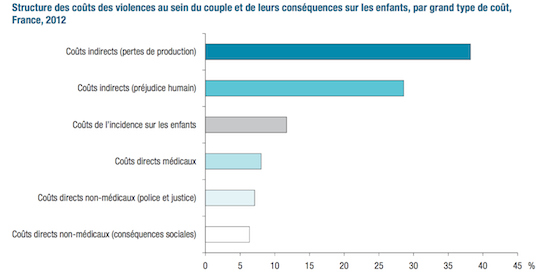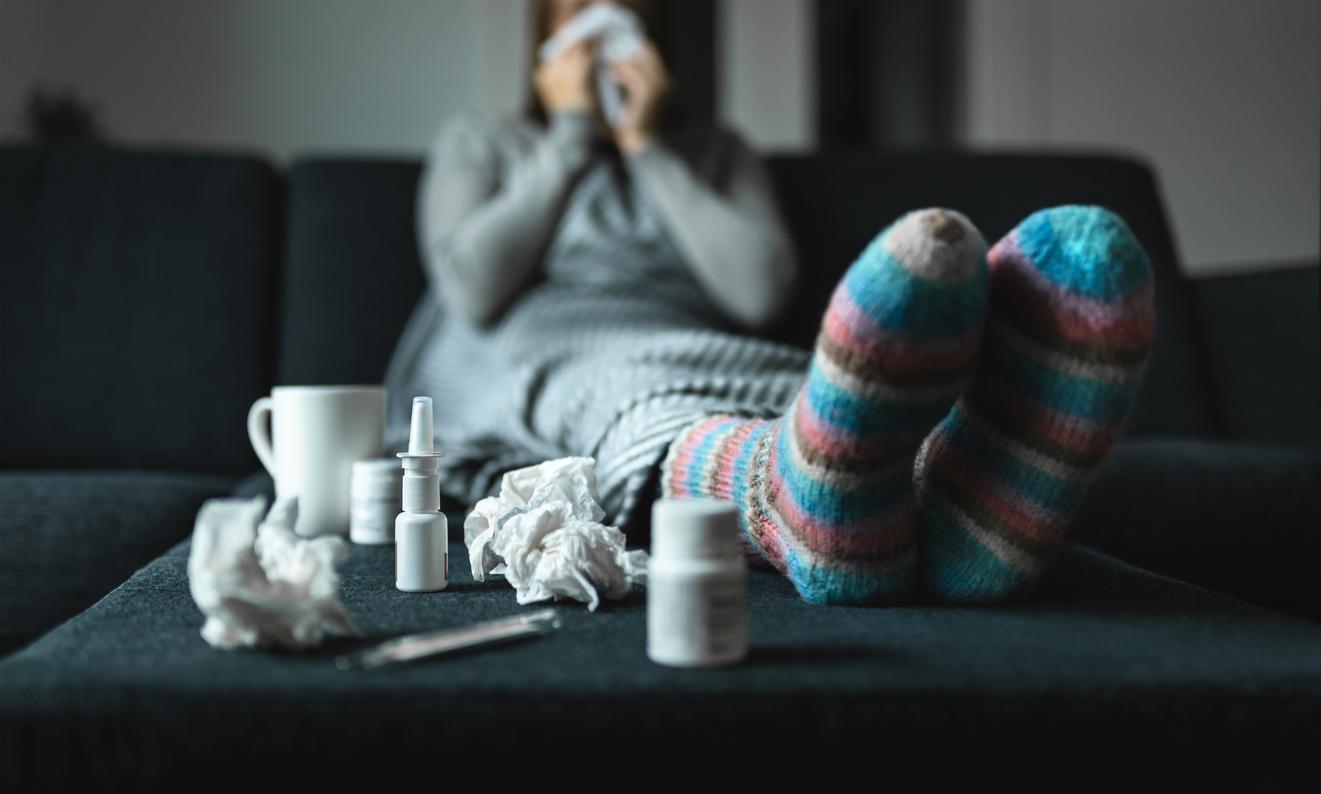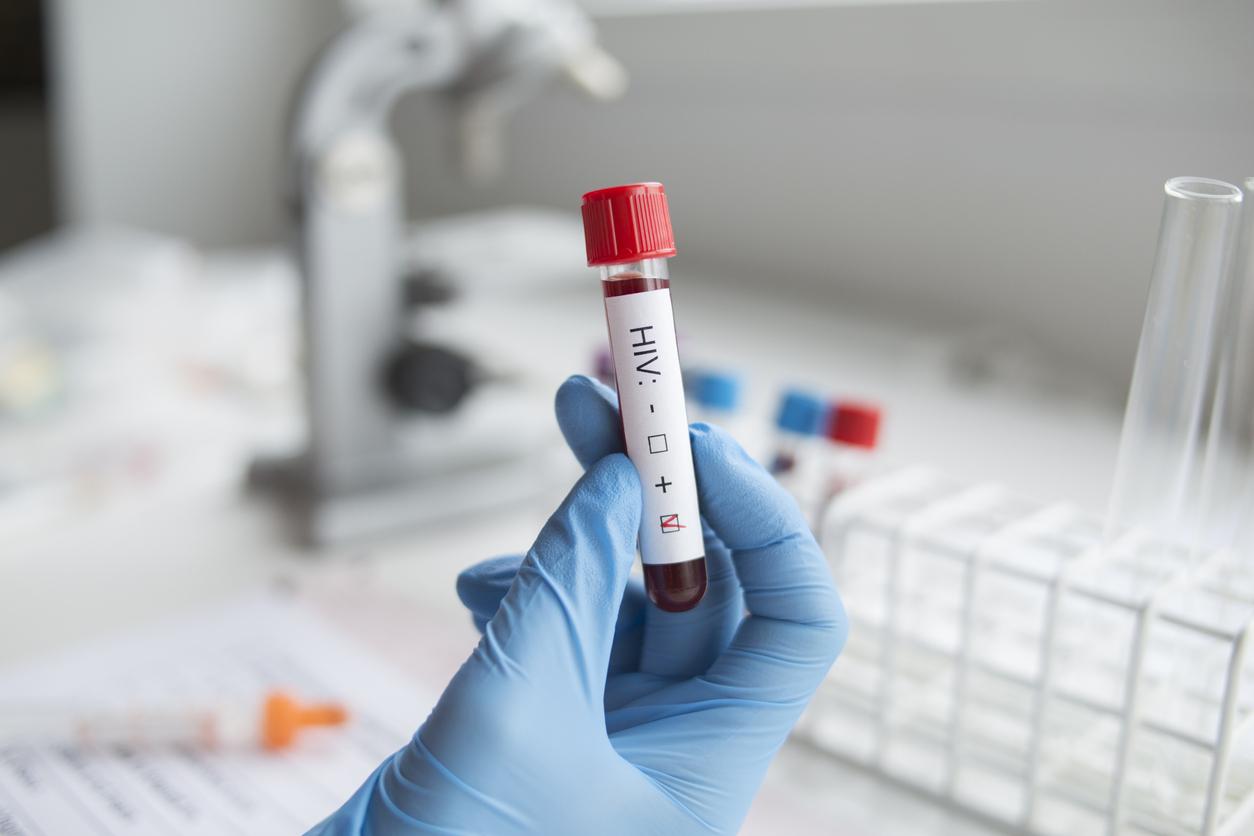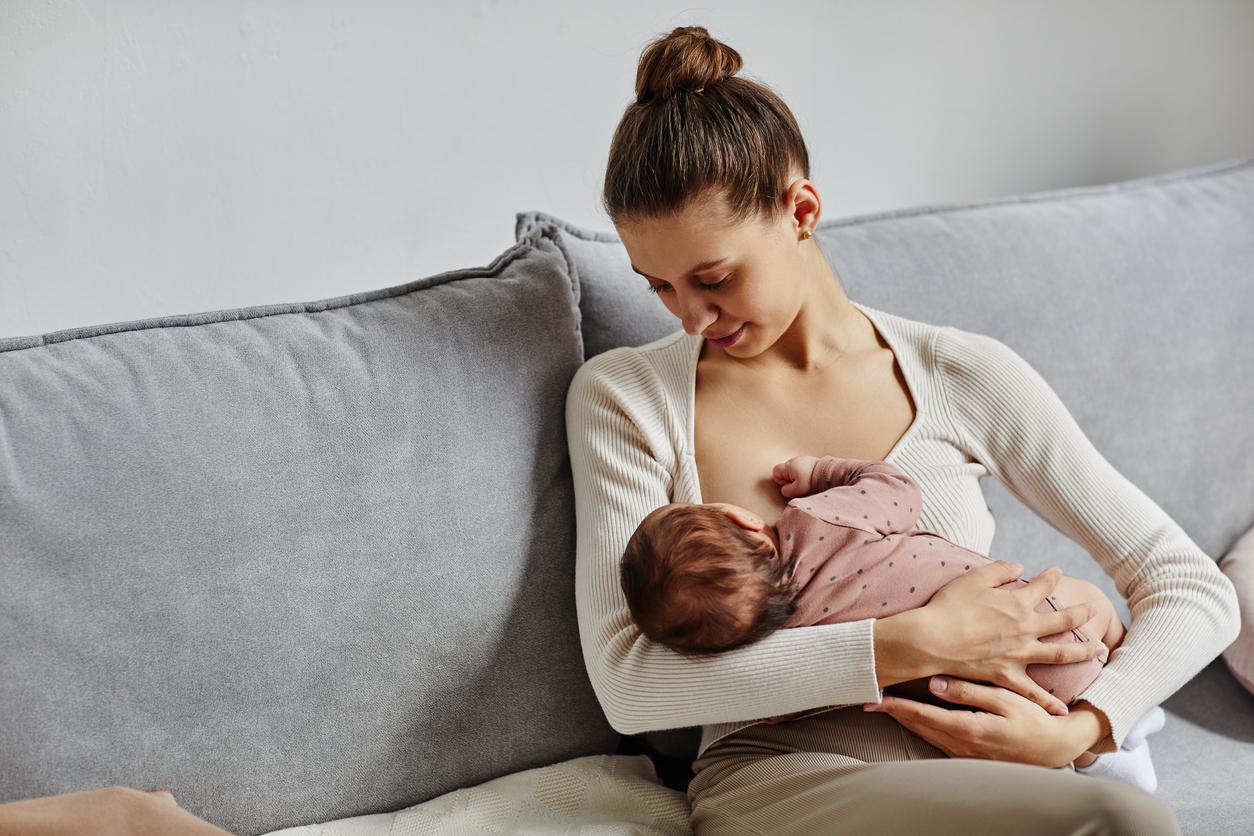Women are more exposed to domestic violence than men. Their risk is 13 times higher, and they are 60% more at risk of health problems.

118 women died from the blows of their husbands in 2014. In addition to this fatal violence, assaults within the couple are sadly frequent and mainly affect women. The latest Weekly Epidemiological Bulletin (BEH), published by Santé Publique France, underlines the gaps that persist in the reporting of these blows and other forms of violence. The consequences are however serious: the victims are 60% more at risk of health problems than the general population.
82% women
Support for victims of these assaults is difficult, because many of them do not report the violence they have suffered but also because they may encounter financial difficulties. “Women mainly speak to health professionals,” points out Betrand Thélot, co-author of the BEH. Ethical, technical and training issues make reporting victims more difficult. “This observation, a team from the Toulouse University Hospital (Haute-Garonne) establishes it in an article from the BEH. In 2013, its authors followed anyone who presented to the emergency room for a fight or assault, and separated them into two groups: those who recognized violence within the couple – 8.2% of admissions – and those who had suffered voluntary violence.
As such, France is around the European average, although slightly above. “The strongest prevalences are found in countries such as Denmark or Latvia”, indicates Bertrand Thélot. Domestic violence is mostly reported by female victims (82%). “The situation of men is not comparable, underlines Catherine Cavalin, of the Center for European Studies of Sciences Po. Women are massively more affected than men by physical and sexual violence in private relationships. This result is confirmed even when we try to better integrate men, for example by questioning them also in statistical surveys where the conditions of confidentiality make it easier for everyone to make the most intimate declarations ”, adds this co-author of the BEH , contacted by Why actor. In fact, the risk of a woman suffering this type of assault is 13 times higher compared to a representative of the “stronger sex”.
33% traumatic injuries
The disorders presented by the victims are of varied natures. Compared to people involved in brawls, they go through the imaging department less often. This does not mean that the wounds are superficial, however. “33% of victims have traumatic injuries, figures Bertrand Thélot. For one in twenty women, they are permanent or disabling. Gynecological disorders are also three times more common, and pregnancy complications are not uncommon. A situation already reported by Roger Henrion, professor of gynecology and obstetrics, in a 2001 report.
Wounds do not only affect the body, the mind is also severely affected by assault within a couple. “The assessment of the consequences of domestic violence is increasingly well documented. In the long term, they are undoubtedly formidable ”, assesses Bertrand Thélot who quotes, mixed up, depression, sleep disorders, chronic anxiety and even post-traumatic stress.
A cost of 3.6 billion euros
In addition to medical examinations, absenteeism and legal proceedings are notably associated with this domestic violence, directly or indirectly. Domestic violence, and its consequences on children, generated a cost of 3.6 billion euros in 2012. 90% are caused by situations in which women are victims. This assessment takes into account the costs related to victims and perpetrators. “You have to calculate the two because you assess the cost for society as a whole,” explains Catherine Cavalin. Putting people in prison is not an optimal use of resources. Economists are also taking into account the impact on victims, who need care. But their share is minimal compared to the indirect costs, known as tangible or intangible and which reflect the loss of earnings for society or the cost of the life lost or bruised.

Source : BEH
It is above all the “value of statistical life” which increases costs in this third estimate carried out for France. In 2013, the General Commission for Strategy and Foresight (Quinet-Baumstark report) reassessed this value. Based on the latest information provided by the OECD, he considered that it did not comply with social standards. “This means that the public authorities affirm that the community is ready to spend and must spend more to save a life; in short, that life is worth more », summarizes Catherine Cavalin.
Free speech
The heart of the problem lies in the declarations: victims of domestic violence are more often informed of the existence of a forensic service. The probability of women going there is twice as high in this setting as for another assault. Lawsuits, however, rarely go further. “We know that the complaint rate is stable and quite low,” admits Catherine Cavalin. On the other hand, studies benefit from more liberated speech. “Since the beginning of the 2000s, speech has been freed up… but more in statistical surveys than in the police, unfortunately,” specifies the researcher. In spite of everything, this makes it possible to better measure and understand the phenomenon in the general population, even if the surveys still struggle to question the populations most in difficulty, among which are also the most serious victims. “
This is where prevention comes in, in the eyes of Bertrand Thélot. Cooperation with hospital structures and police or gendarmerie services has been obtained. To enrich this documentation, “the surveys must be repeated and populations at risk should be identified even before domestic violence”. The game is far from won: very difficult to lead, due to the silence that can hover on this subject, this work also suffers from poor long-term monitoring of the victims, however rich in lessons.
.















